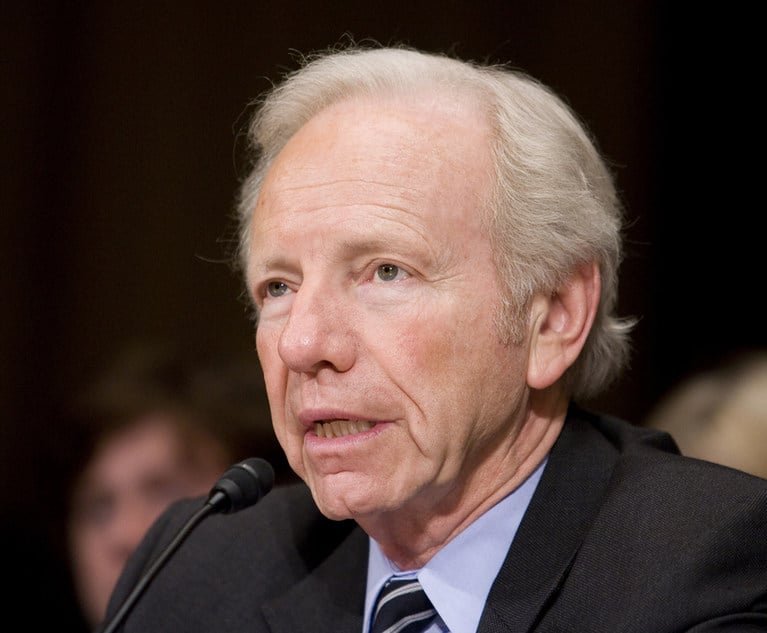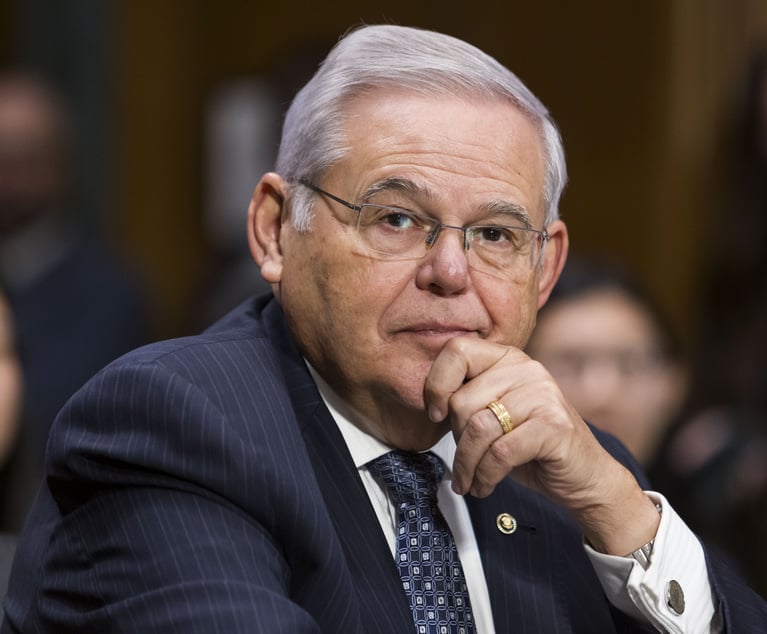Emissions of nitrogen oxides (NOx) and volatile organic compounds (VOCs) to the ambient air can react in the presence of sunlight and heat to produce unhealthy ground-level ozone pollution, commonly known as smog. “Peak ozone concentrations in New York State typically occur during the May to September period when temperatures are highest,” according to the New York State Department of Environmental Conservation (NYSDEC).
New York state strictly governs the release of NOx and VOCs. State authorities have asserted that New York state’s laws and regulations, which apply to emissions from power plants, factories, motor vehicles, and other sources, reduced annual NOx emissions by 43 percent between 2008 and 2014 and led to a 73 percent reduction of ozone-season NOx emissions from the state’s power plants between 2008 and 2017.


 Charlotte A. Biblow
Charlotte A. Biblow




